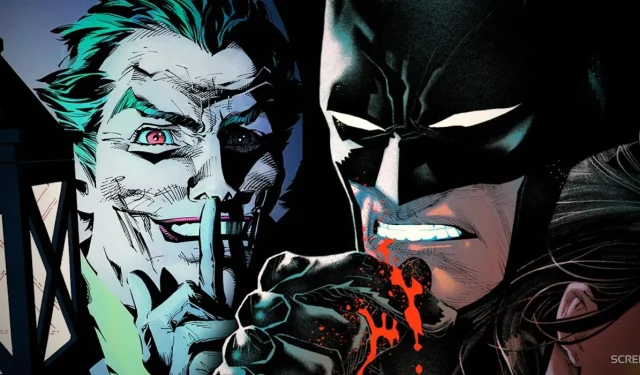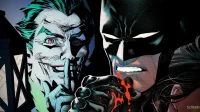WARNING: Potential Spoilers for DETECTIVE COMICS #1096 Ahead!
The Dark Knight’s unwavering ‘No-Kill’ policy has established a profound narrative around Batman, both within the expansive DC Universe and among his loyal fanbase. This ethical boundary not only defines his character but often places him in conflict with those closest to him. Recently, DC has refined this critical aspect of Batman’s ethos, providing a compelling rationale for his refusal to take a life.
In Detective Comics #1096, penned by Tom Taylor and illustrated by Mikel Janín, the plot converges on the enigmatic killer Asema, also known as Evelyn, who is the mother of Scarlett Martha Scott. To provide context, Scarlett is the daughter of Joe Chill, the man responsible for Bruce Wayne’s parents’ tragic demise. Scarlett was named in honor of Martha Wayne, who played a pivotal role in helping Evelyn and her infant daughter escape the clutches of the abusive Joe Chill.
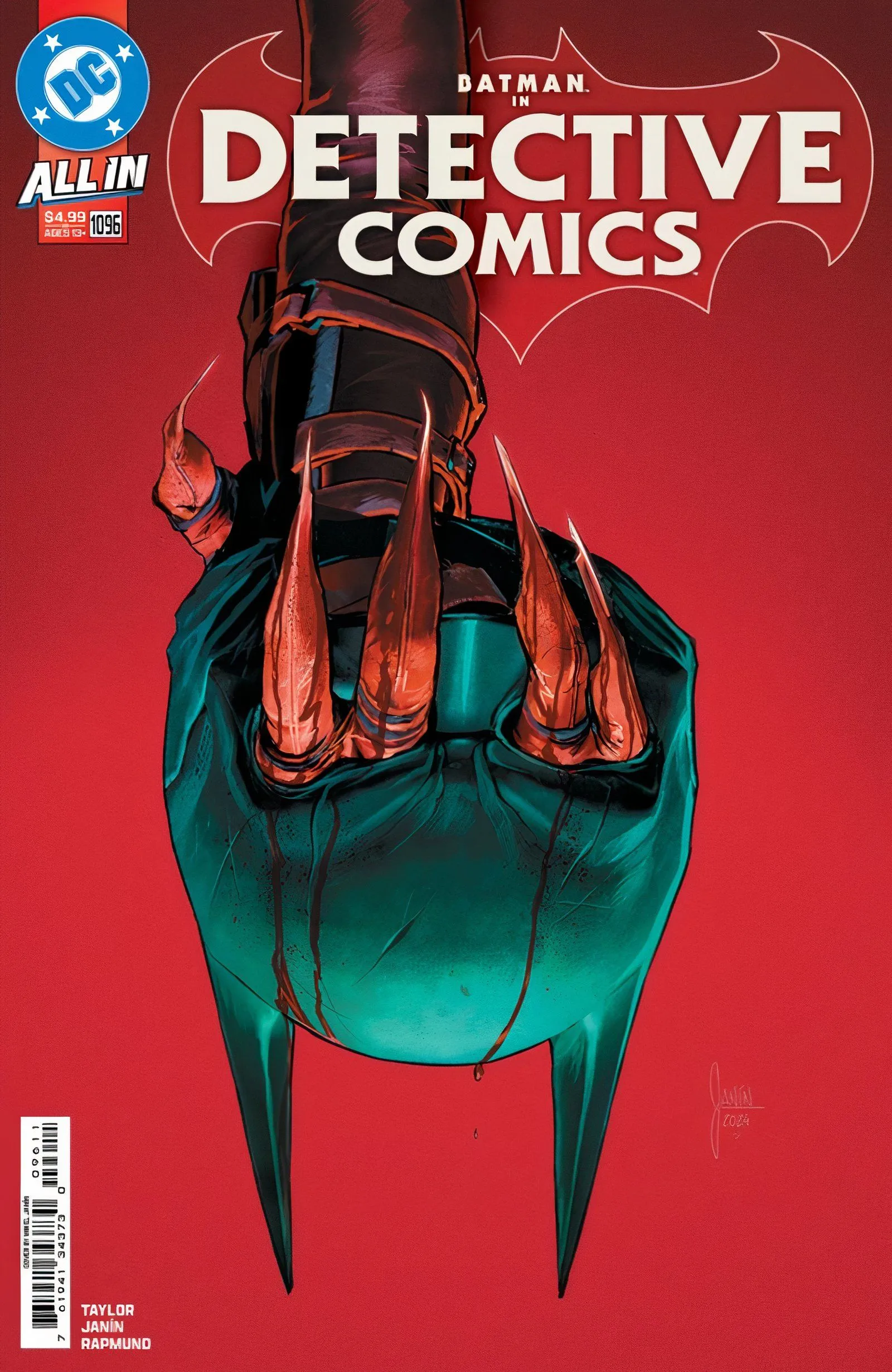
The contemporary storyline presents a complicated relationship between Scarlett and Bruce, culminating in a romantic entanglement. In this issue, Bruce uncovers that Evelyn has taken on the identity of the notorious Asema, targeting young criminals and using their blood to concoct a serum aimed at regaining her youth.
Batman’s No-Kill Rule: A Commitment to Preserving Life
Cover C: Derrick Chew Variant for Detective Comics #1096 (2025)
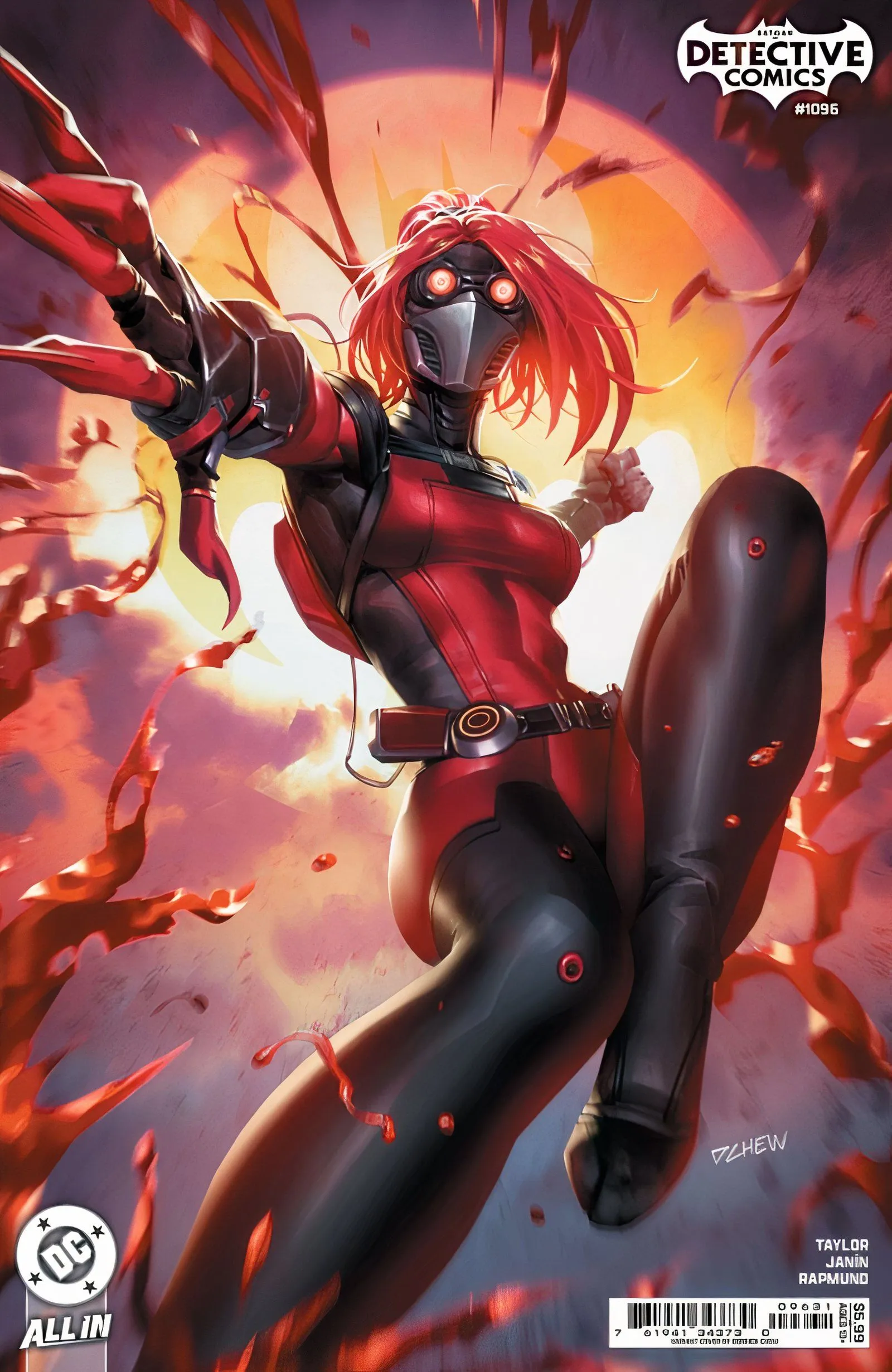
In a pivotal confrontation between Batman and Evelyn, it is revealed that she has captured Joe Chill, holding him hostage as she believes both she and Bruce are entitled to revenge against him for the torment he inflicted on their lives. Herein lies Batman’s moral quandary: should he rescue the man who ended his parents’ lives? While he faces the reality that Chill may die if Bruce chooses inaction, the scenario prompts an introspection of the deeper underpinnings of Batman’s ‘No-Kill’ code. For Bruce, this isn’t merely about abstaining from taking life; it also embodies a commitment to safeguarding lives whenever possible.
Asema provocatively states, “I’m not asking Batman to kill; I’m merely asking Bruce Wayne to wait,” attempting to exploit a loophole in his moral framework. Bruce grapples with the tempting notion of allowing Chill to perish, a thought interrupted by a haunting flashback of his father, Thomas Wayne, urging the young Bruce, “If we can save a life and we choose not to, what does that make us? You must save the life, Bruce. No matter the circumstances.” This moment crystallizes the essence of Batman’s moral philosophy: the ‘No-Kill’ rule transcends the act of killing, focusing instead on the imperative to protect life.
Batman’s ‘No-Kill’ Code: A Form of Punishment Rather Than Mercy
Cover D: 1:25 Ashley Wood Variant for Detective Comics #1096 (2025)

With his father’s guidance echoing in his mind, Batman decides to confront Asema and secure the medical aid that Joe Chill desperately needs. This engagement offers fans an illuminating insight into the true nature of the ‘No-Kill’ rule. For Batman, abstaining from murder serves a dual purpose: it is not merely to exhibit compassion or uphold moral superiority; it also functions as a means of punishment.
As he counters Asema’s assertions that Chill deserves to die for the agony he has perpetuated, Batman responds, “I know what Chill has done, and I mourn for it. But he must bear the weight of his actions, just as you too will have to contend with the pain you’ve inflicted, Evelyn.” In this framework, Batman’s commandment against killing gains profound significance. Bruce’s statement insinuates that life itself—and enduring the consequences of one’s actions—serves as a form of retribution. By insisting on justice and adherence to his principles, Batman strives to ensure that criminals endure the repercussions of their misdeeds; some might argue that grappling with guilt and remorse can inflict a greater torment than death itself. Through this narrative, DC Comics deepens the exploration of Batman’s ethical stance, intertwining it with the moral teachings imparted by his father and Bruce’s broader quest for justice and accountability.
“I Am Her Compassion”: Batman Shifts from Vengeance to Empathy
Cover B: Bruno Redondo Variant for Detective Comics #1096 (2025)
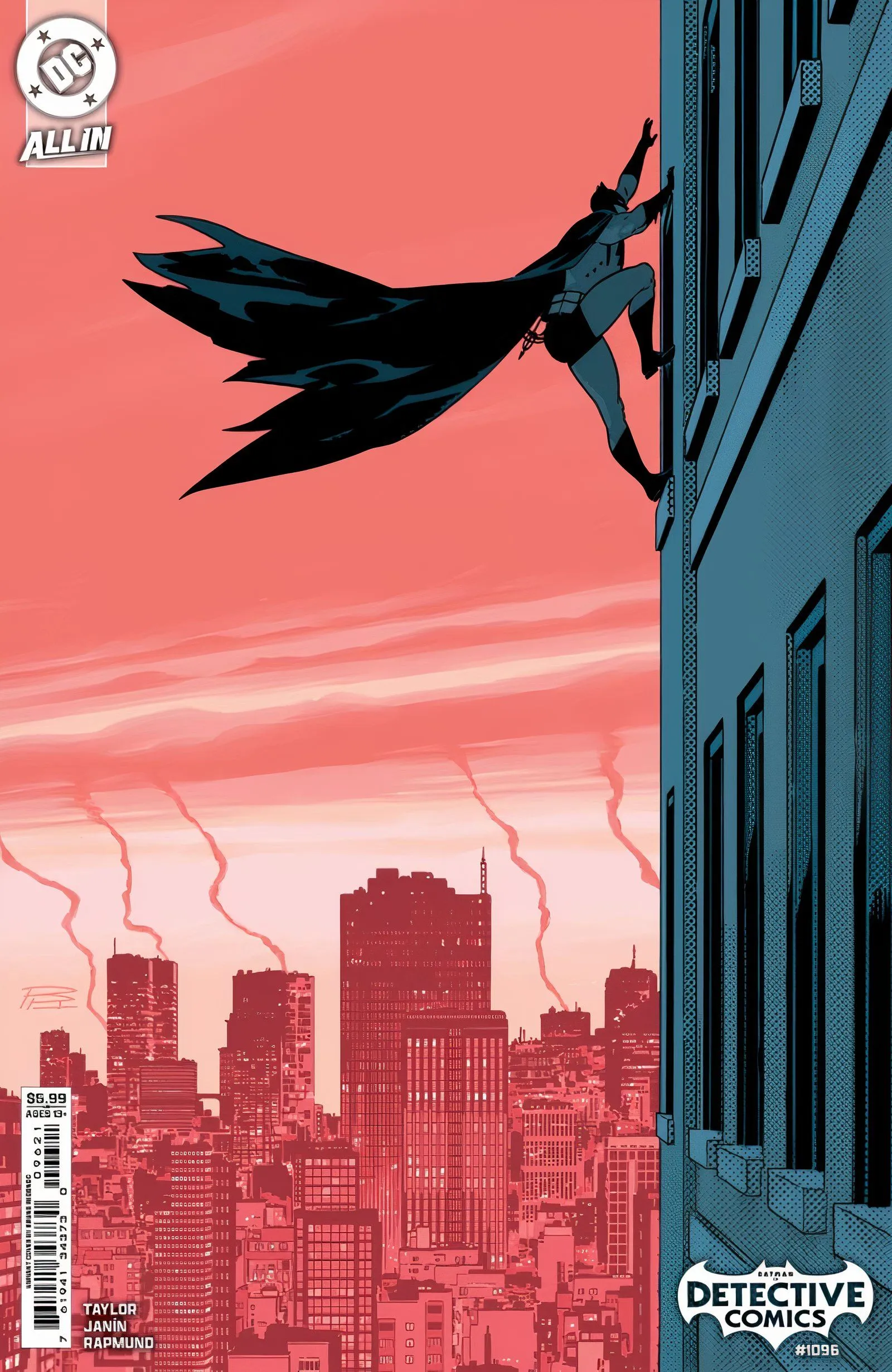
Another poignant moment during the clash between Batman and Asema arises when Evelyn asserts that she is avenging Bruce’s parents by targeting Joe Chill. Batman counters her delusion, declaring, “No matter how you rationalize it, you are not honoring them. You are not my mother’s vengeance, Evelyn. I embody her compassion.” This statement resonates deeply, particularly as Batman’s self-identity has long revolved around the phrase “I am vengeance.” By asserting himself as the embodiment of his mother’s compassion, Bruce acknowledges a significant transformation in his character, illustrating a conscious effort to transcend the narrative of revenge that has so long defined him.
Detective Comics #1096 is now available from DC Comics!
